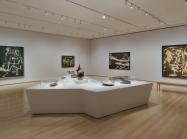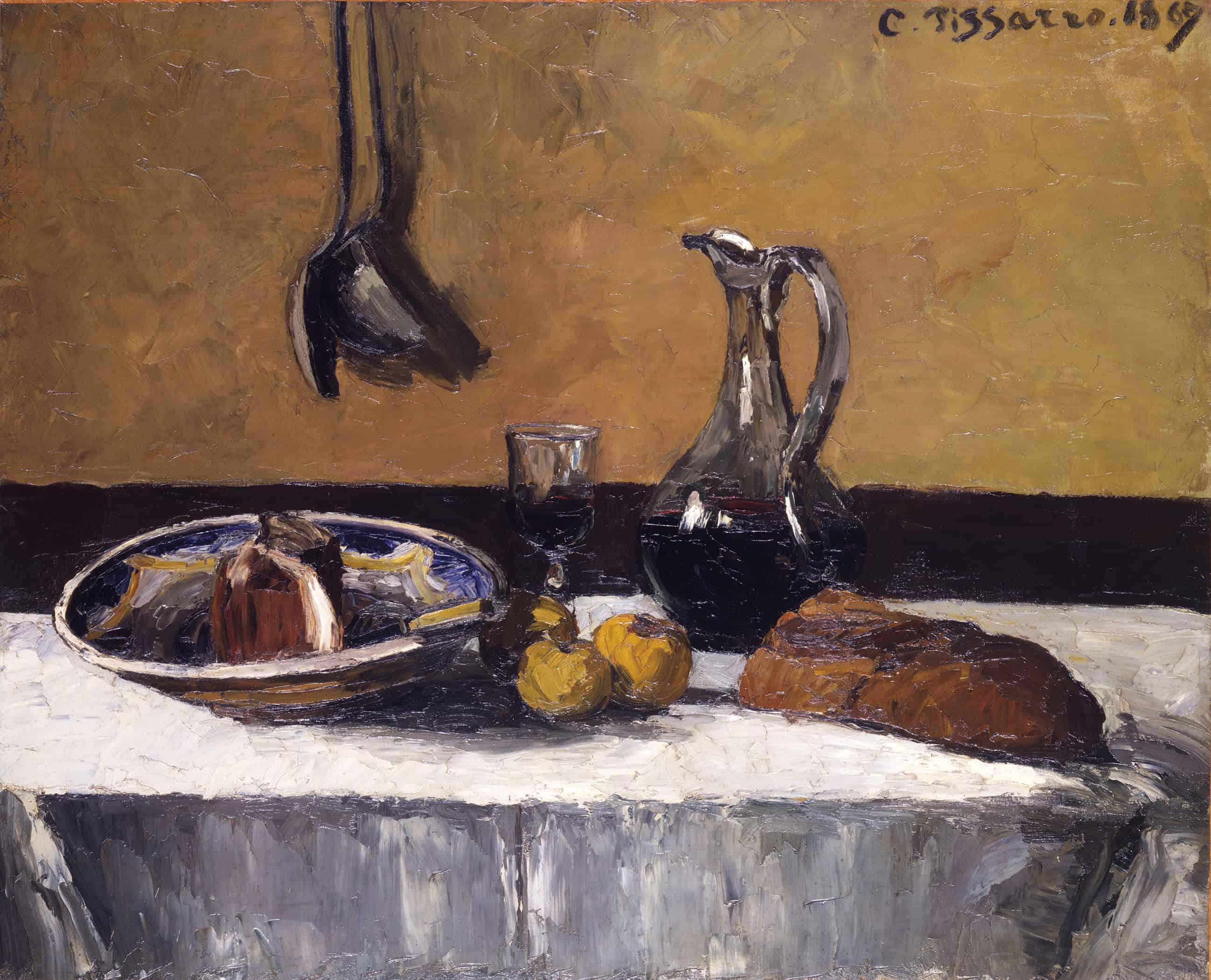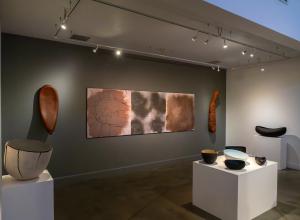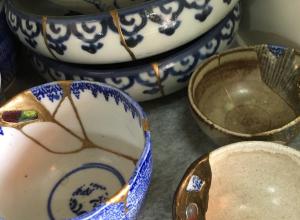“With its solemnity as well as its spontaneity, Camille Pissarro’s Still Life of 1867 is one of the most rewarding and mesmerizing compositions in the collection of the Toledo Museum of Art,” Nichols said. “This exhibition will place this masterpiece within the context of the important developments in French still life paintings in this vital decade.”
Also included are sterling examples from the hand of Édouard Manet, regarded as the father of modern painting, and Paul Cézanne, considered to have been the driving precursor of Cubism, the early 20th century’s major art movement. In addition, superb paintings by Claude Monet, Henri Fantin-Latour and Gustave Courbet will be on view.
“Just as these French painters have inspired countless other artists, this exhibition will nurture and provoke the artistic spirit in our community,” Nichols said. “The artists’ presentation of the tangible, experiential world will resonate with visitors.”
While One Each seeks to connect this decade of paintings with both past and future, the goal is similar to the object of still life paintings – visual splendor.
“The painters were fully aware of the tradition of still life representations dating back centuries,” Nichols said. “The desire and motivation to realistically represent things is constant.”



























